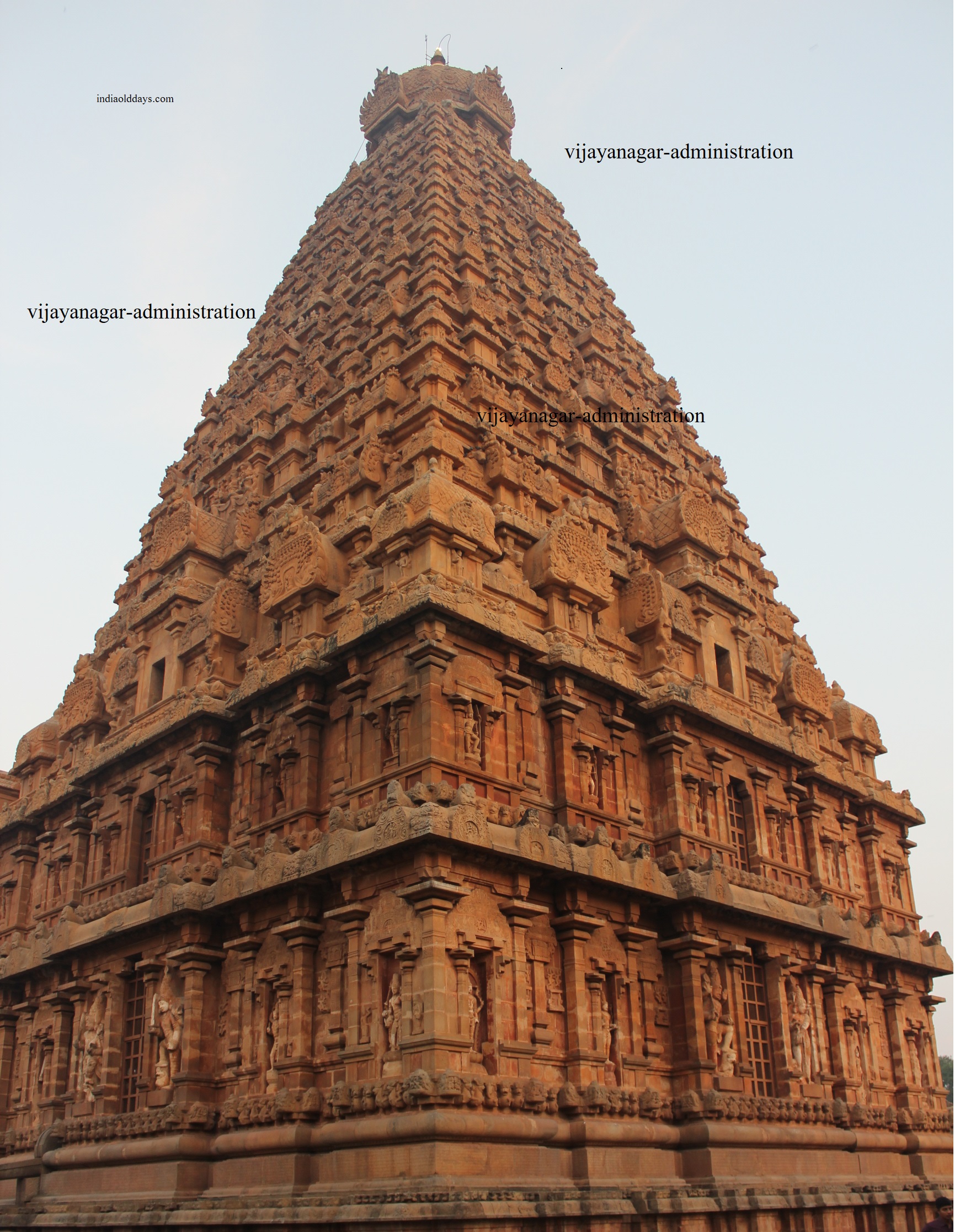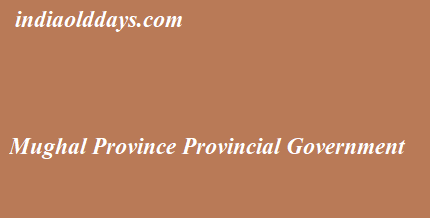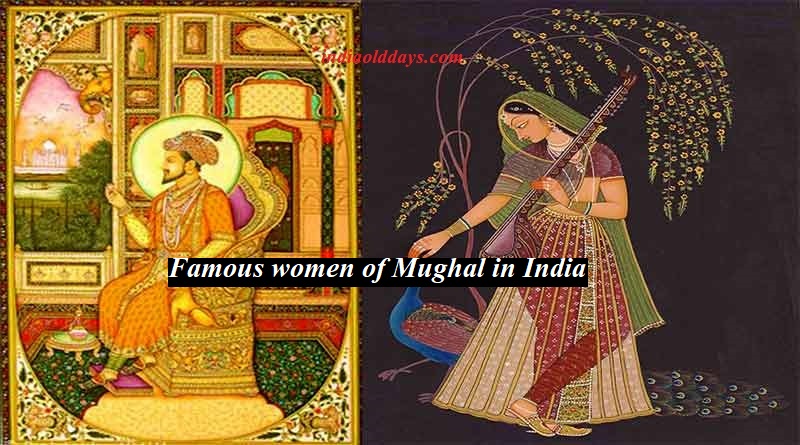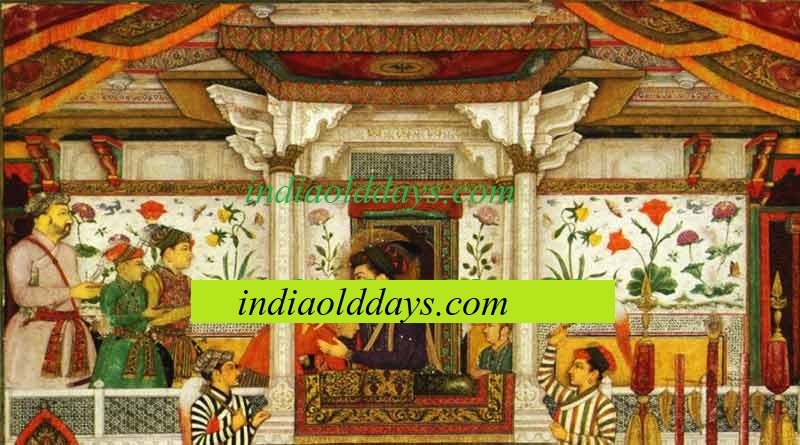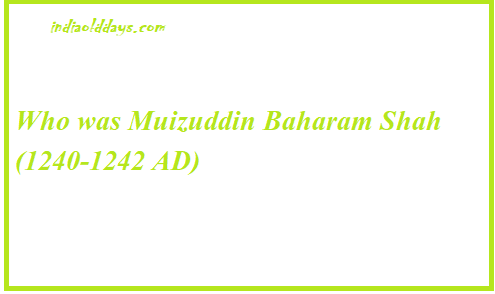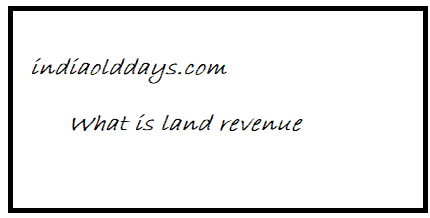Administration of the Vijayanagar empire
Other Important Facts-
- Sources of study of history of ancient India
- Jainism Triratna
- Jainism according to world six substance
- 16th Mahajanapad period: 600 BC Of India
The rule of the Vijayanagar empire was monarchic. The king was called Ray. He was considered equivalent to God. In this era, the emphasis was on the Sptang ideology of the state as in ancient times.
King-
The coronation of the kings was done in this period according to the coronation method of ancient India. The state’s ministers and heroes had an important role in the selection of the king. At the time of the throne, the King of Vijayanagar had to take oath of fidelity and fidelity like the Vedic kings. Achyutdevaraya had completed his coronation at Tirupati temple. Like the Chola kings, the Vijayanagara King also nominated his successors in his lifetime. In the Vijayanagara period, the joint ruling tradition of South India was also performed. After the appointment of Yuvraj, his coronation was used, which was called Yuvraj Patabhishekam. In this period, the patron (appointment of a prince on the shortage of Yuvraj) proved to be very liable to the extent of the empire’s decline. The emperor was the supreme judge. The rulers of Vijayanagar followed the secular policy of religion.
In the administrative institutions, the Rajaparshad was the most powerful medium of control over the power of the king. Through this council, the king used to rule and consulted in relation to all matters and policies of the state.
Krishnadevaraya has presented the king’s ideal in his unique book,‘Amukt Malyd ‘, very beautifully – “keep the purpose of security and welfare of its people always ahead, only then will the people of God wished for the welfare of the king and the welfare of the king will happen only when The country will be progressive and prosperous.”
Rajaparisada-
There was a large organization formed by involving the heroes of the Rajpardaryad provinces, the emperors, the chief princes, the ambassadors. Both Krishnadevaraya and the chief scholar Peddana of his court were members of this council.
Council of Ministers-
After the Raj Parish council, there was a Council of Ministers at the center, whose chief officer was a preceptor or general secretary. Their meetings were held in the auditorium of Venkatvilas Mandap. The principle of heredity was probably followed in the selection of ministers. There were probably 20 members in the Council of Ministers. The Chairman of the Council of Ministers was called the House Nayak. Scholars, experts in politics, were able to become members of the Council of the Council of fifty-to-seventy-year-olds and healthy people. This council was the most important institution in the governance of the Vijayanagar empire. At the center there was a high official called Dandayak. The criminal was not the postmaster, the special category of various officers was called the penalty hero. Dandanath and Saina Bukka and Harihar II were both ministers. After the King and Yuvaraja, the Chief’s Chief (Chief) officer was in charge. Which we can compare to the Peshwa Maratha carpet.
Central Secretariat –
Departments were divided into the Secretariat and in it there were officers like Raisam or Secretary, Karnikam, i.e. Sententaments. Raisam used to write the verbal orders of Raja and was the Karnikam accounting officer.
The names of officers or department heads related to special departments were different, such as Manei Pradhan-Home Minister. The imperial monstrous officer was called a money changer.
Reference : https://www.indiaolddays.com/

